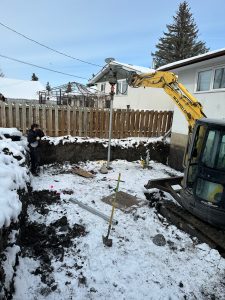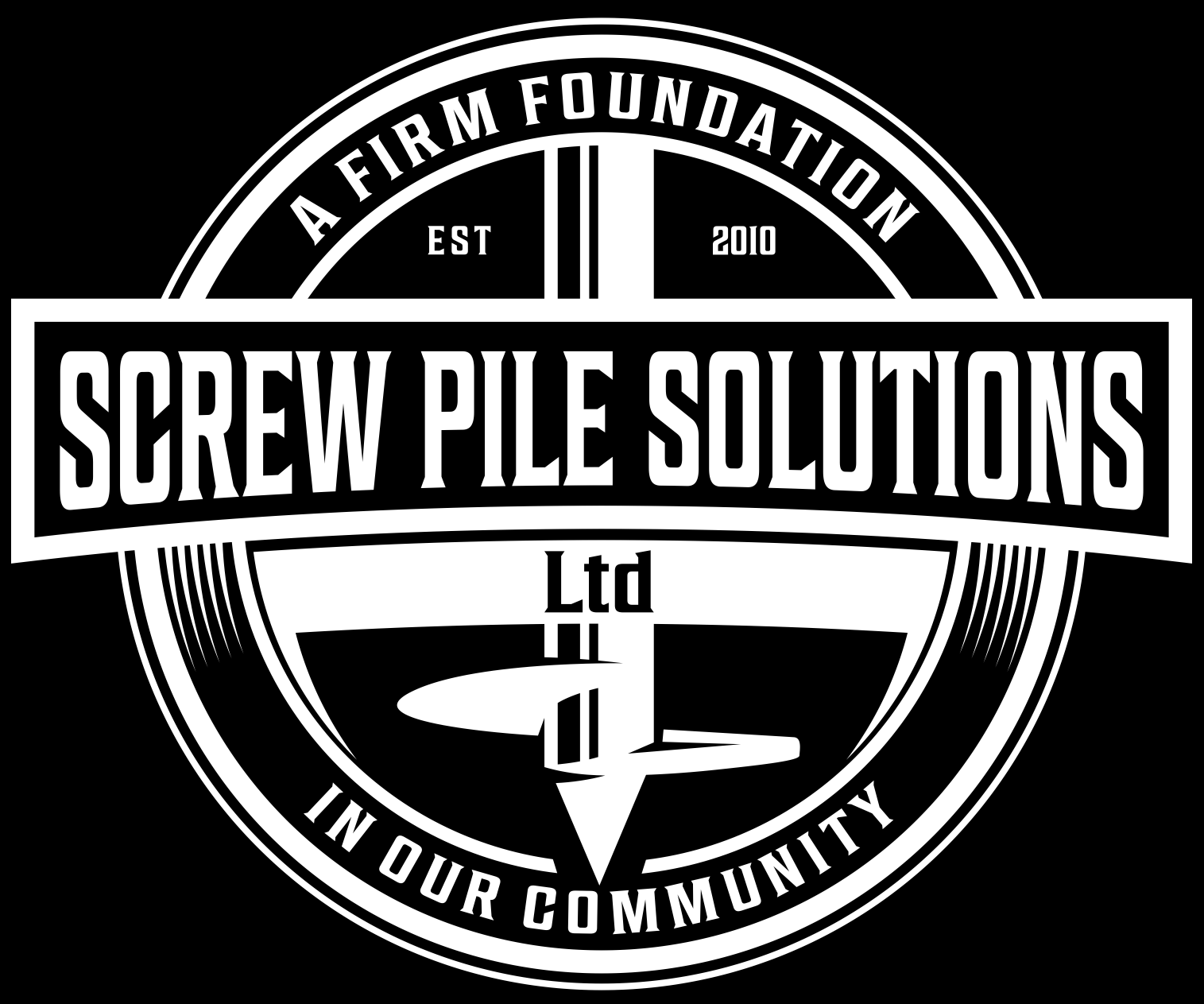Additions to an Existing Home vs Selling
In this edition we will explore additional sets of options that can keep your family in a cherished home, update to welcome new additions, or add needed space for growing children or a loved family member.
In our earlier article, we looked at why a sad looking foundation doesn’t mean the end of a home or a structure’s life span. What might have looked like a hopeless situation, and a case to rebuild, is now re-considered with cost effective and easily implemented helical screw pile customised solutions that will maintain the integrity of the structure and enjoyment of your home.
Strengthening or replacing a foundation ensures the original structure has a solid footing that will last for years to come, but can also be what’s needed for stability and integrity to support additions or additional storeys. With the above factors in mind, thinking about improving or expanding your current dwelling versus selling it depends on various factors, such as your finances, long-term plans, and the condition of your current home. Here are some thoughts on building additions to your home versus selling;
- Financial Considerations:
- When you first t
 hought about selling, you weighed your overall financial situation and whether the purchase of a new home is best. You reviewed the real estate market conditions in your area and met with a realtor to go over all that’s involved with a sale, including commissions, what funds you hope to have available after the sale, what expenses are incurred if possession dates don’t align; the many hidden headaches of what seems like a straightforward procedure.
hought about selling, you weighed your overall financial situation and whether the purchase of a new home is best. You reviewed the real estate market conditions in your area and met with a realtor to go over all that’s involved with a sale, including commissions, what funds you hope to have available after the sale, what expenses are incurred if possession dates don’t align; the many hidden headaches of what seems like a straightforward procedure. - Cost Savings: In some cases, the cost of building an addition may be lower than the expenses associated with selling your current home and purchasing a new one. This includes real estate agent commissions, closing costs, moving expenses, and potential renovations needed in a new home.
- Return on Investment (ROI): Consider the potential return on investment for the improvements you’re considering. Some renovations, like kitchen and bathroom upgrades, typically offer higher ROI than others.
- Increased Property Value: Adding square footage or functional spaces like an extra bedroom, bathroom, or a larger kitchen can significantly increase the value of your home. This added value can potentially exceed the cost of the addition itself, making it a wise investment.
- Avoiding Market Fluctuations: The real estate market can be unpredictable, and selling your home at the wrong time could result in a lower sale price. By investing in your current property, you’re less affected by market fluctuations and can potentially realise a greater return on investment in the long run.
- Lifestyle and Family Life:
-
- Emotional Attachment: If you have a strong emotional attachment to your current home or neighbourhood, improving it might be more appealing than selling and moving. Many people have a strong attachment to their homes, especially if they’ve lived there for a long time or have fond memories associated with the property. Building an addition allows you to preserve that emotional connection while still improving your living space.
- Where to Call Home: If you’ve been in the area for a long time and love your current neighbourhood, your community and the amenities you and your family enjoy are familiar and a part of your day to day enjoyme
nt of your home. Why leave? - Preserving Neighborhood and Community Ties: If you’re attached to your current neighbourhood or community, building an addition allows you to stay rooted in the area you know and love. You will maintain relationships with neighbours, keep your children in the same schools, and continue enjoying local amenities.
- Avoiding the Hassle of Moving: Moving can be a stressful and time-consuming process. By adding onto your current home, you will avoid the hassle of searching for a new house, not to mention ‘The Move’; packing, garage sales, another garage sale, cancelling utilities and mail delivery, registering for new schools and finding your place in a new community. The list can be exhaustive just to consider.
- Current Home Condition:
- What You’re Working With: When this exercise began, you evaluated the current condition of your home, your needs, your finances and relevant timelines to begin the decision making process. If your home requires significant repairs or updates to meet your needs or increase its value, investing in improvements is a wise decision.
- Older Homes: Homes age, but by and large older homes are solid with “good bones” and even if resting on unstable or crumbling foundations, options are available to re-establish structural integrity and keep homes and owners in place. To read more about underpinning and foundation repair, take a look at our last post.
- Personalization: Building an addition allows you to customise your home to better suit your needs and lifestyle. Whether it’s creating a home office, a gym, or a playroom for your kids, you have the flexibility to design the space exactly as you want it.
4.. Environmental Considerations:
- Building an addition to an existing home is generally more environmentally friendly than demolishing it, burying it, and constructing a new one. You can minimise waste and reduce the carbon footprint associated with new construction by repurposing existing materials and infrastructure.
Overall, building additions to your home brings practical and rewarding alternatives to selling, offering financial, emotional, and practical benefits. Screw Pile Solutions is here to help make sure your plan is solid and the project is rock-solid!!
Visit us at screwpilesolutions.ca for more information and to call us for an estimate!
